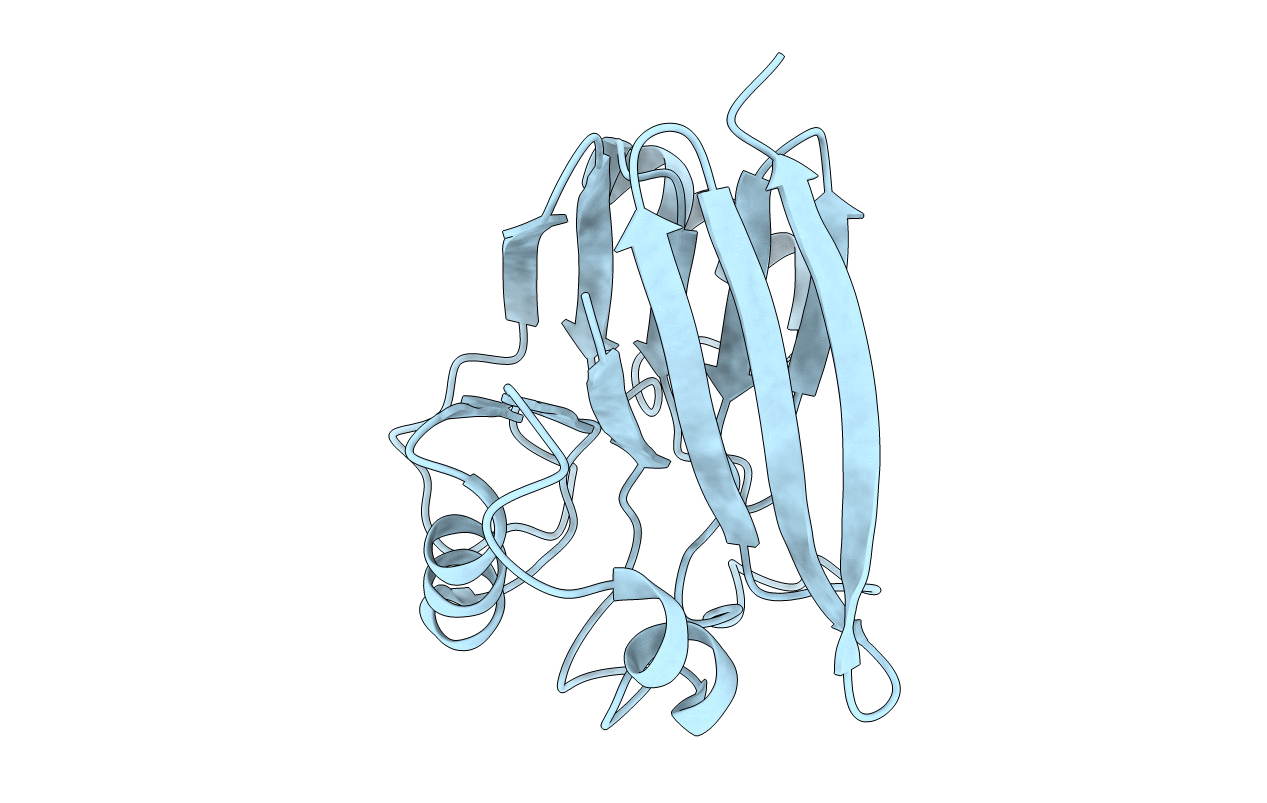
Deposition Date
2004-06-26
Release Date
2005-03-23
Last Version Date
2024-05-08
Method Details:
Experimental Method:
Resolution:
2.10 Å
R-Value Free:
0.24
R-Value Work:
0.21
R-Value Observed:
0.21
Space Group:
P 43 21 2


